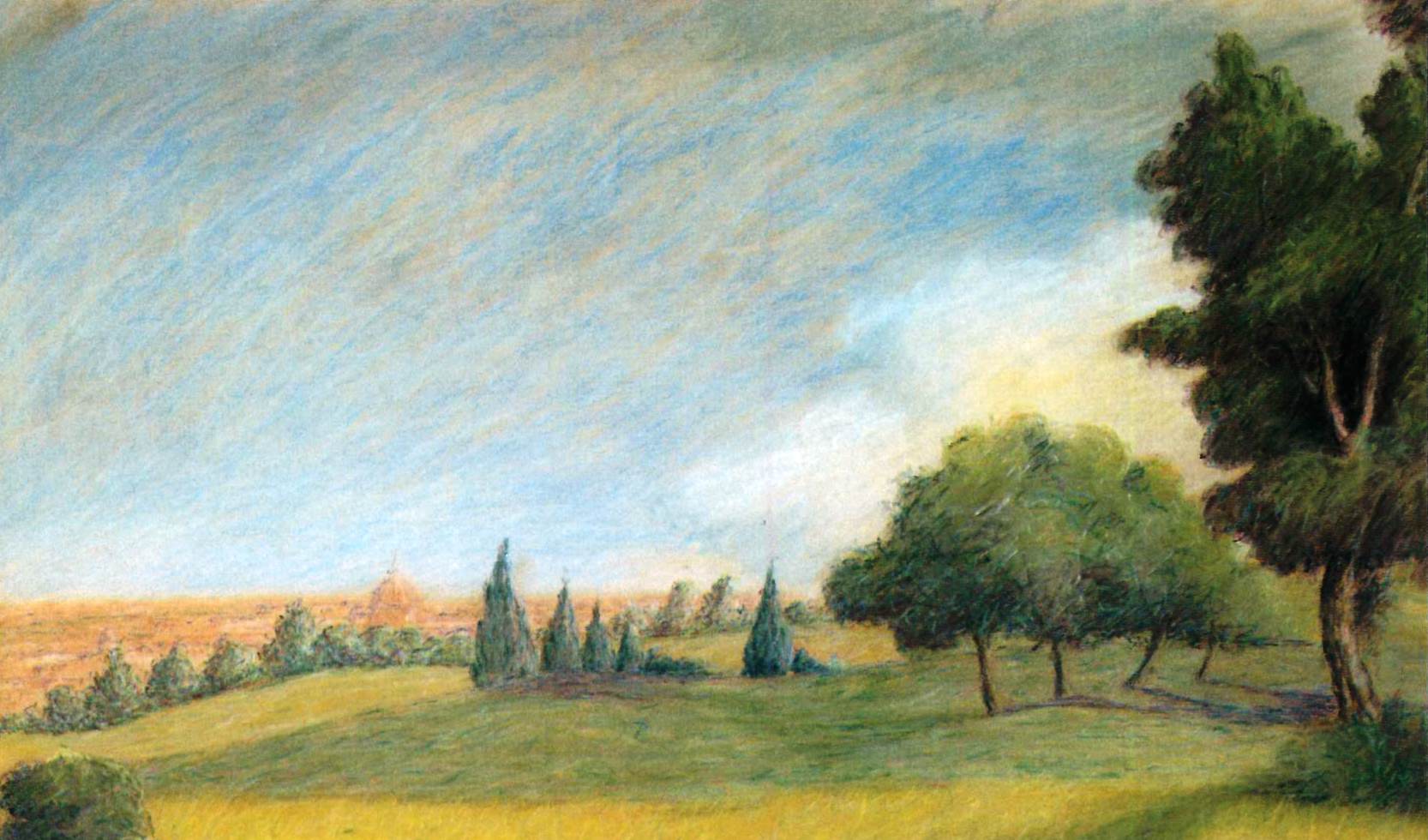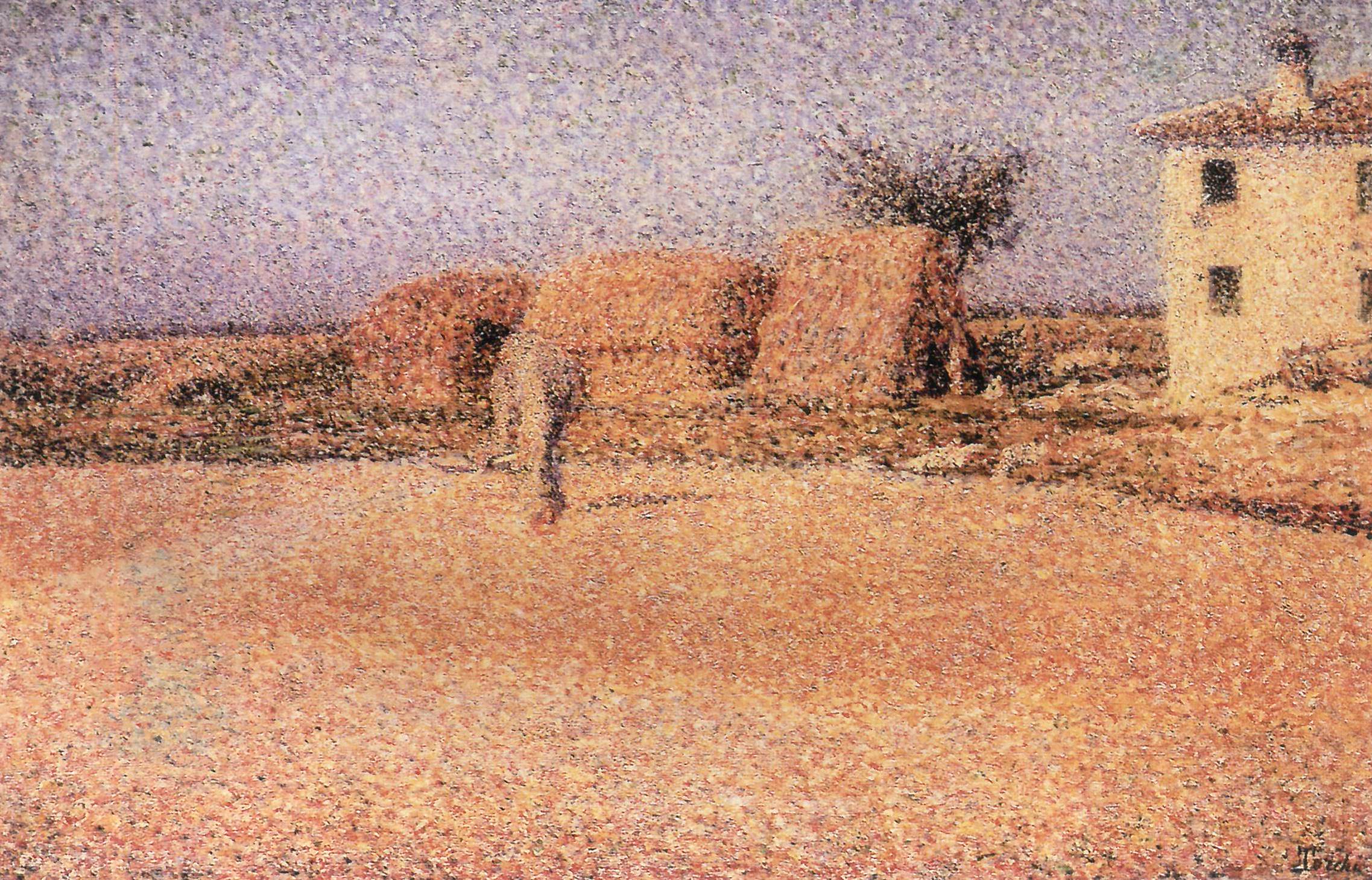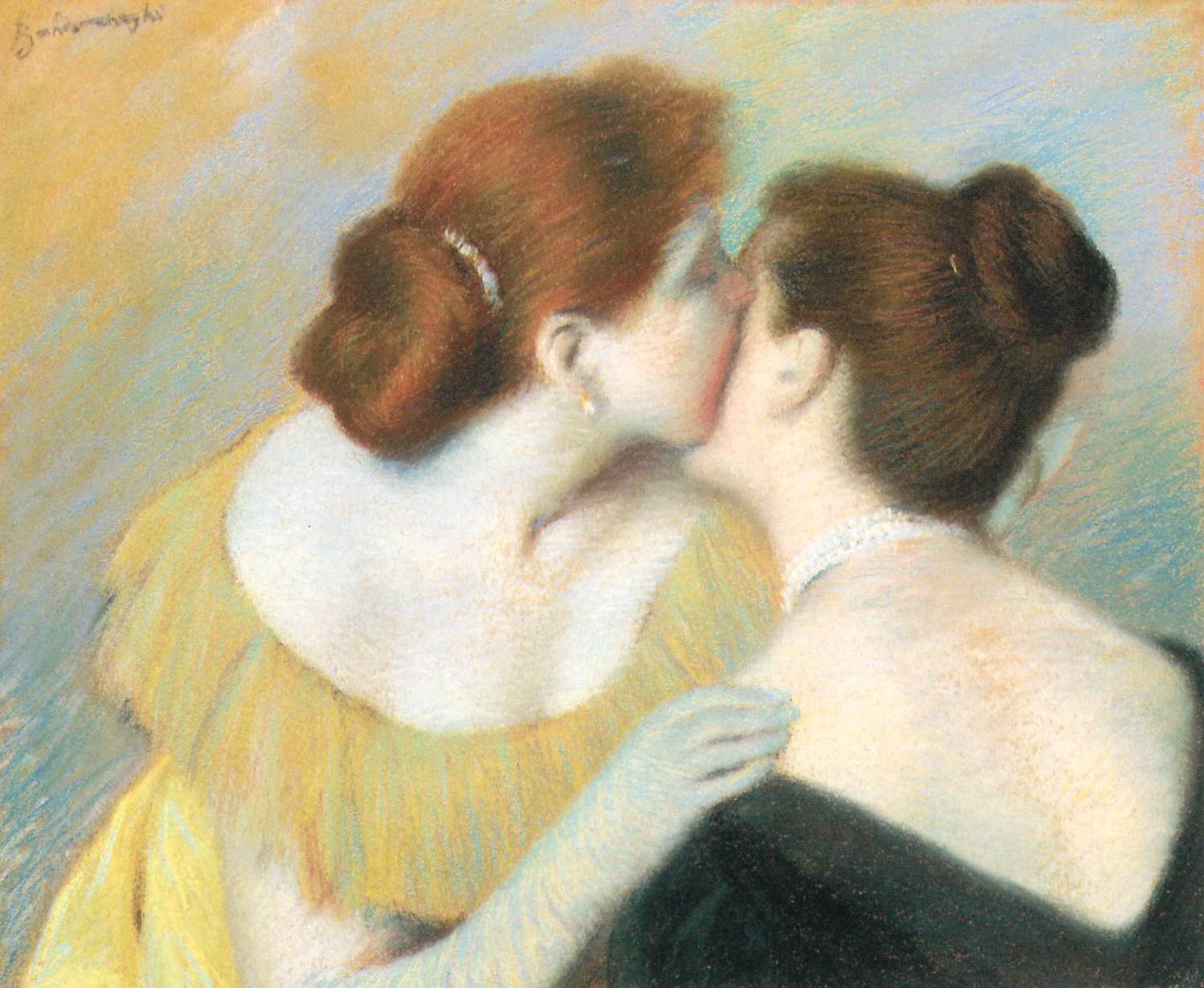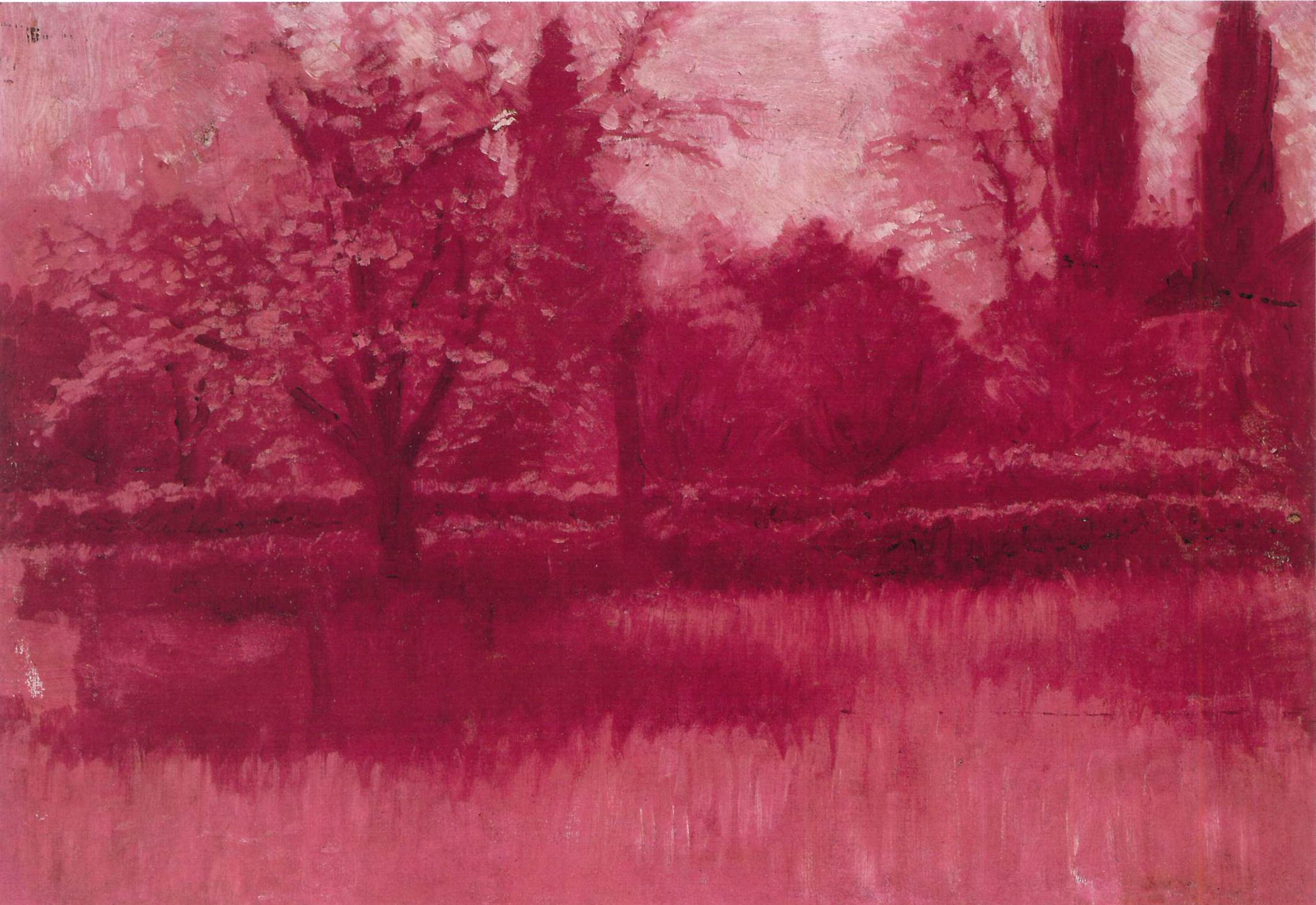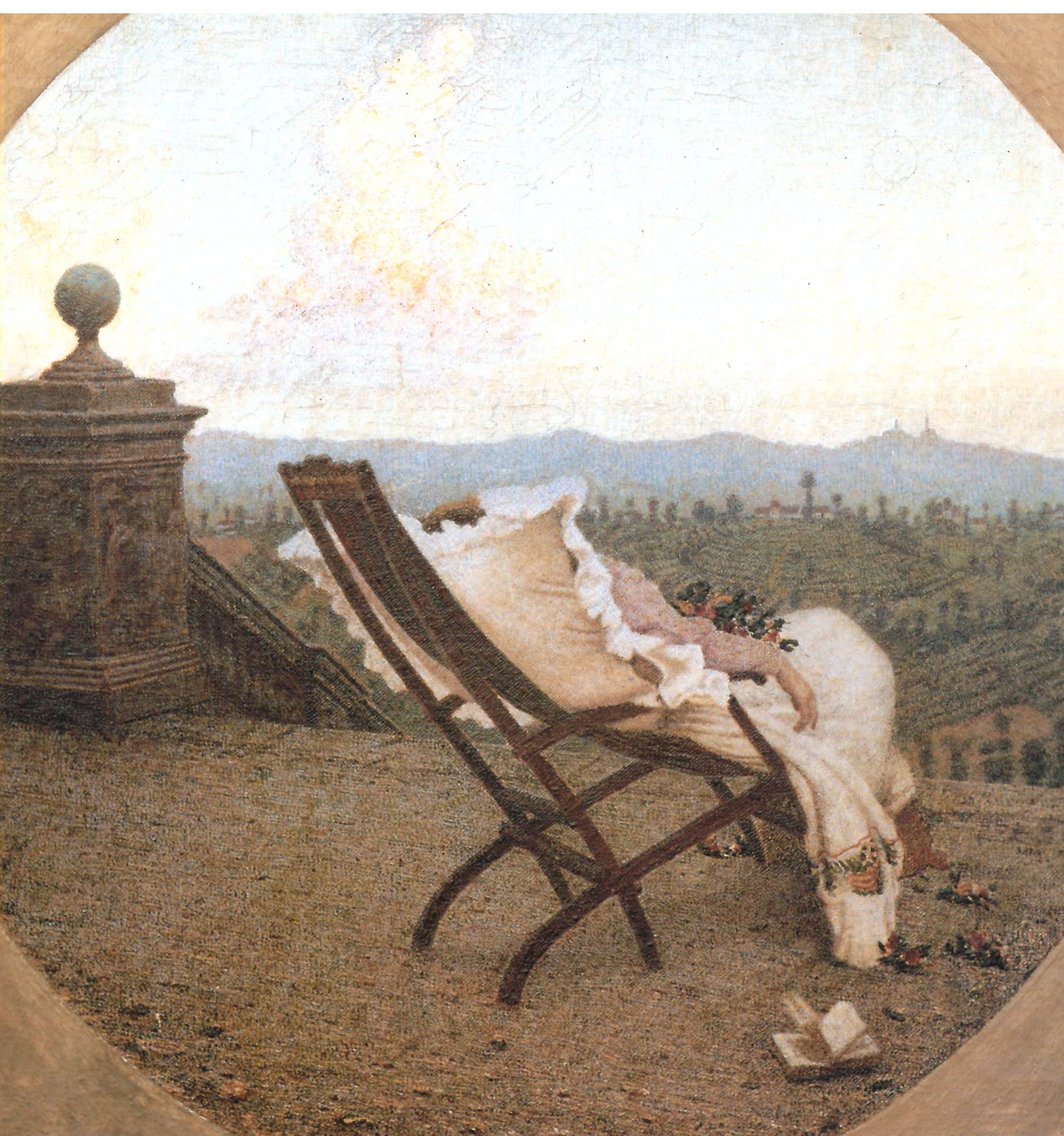Inspired by the achievements of the Impressionists and Neo-Impressionists, the school of painting known as Divisionism emerged in Italy around the end of the nineteenth century. Like their French counterparts, these artists were fascinated with capturing effects of light, and this pioneering exhibition explored their attempts to evoke that most elusive of subjects.
Closely allied to the work of artists such as Georges Seurat and Paul Signac, the Divisionist technique was grounded in the construction of images from small dashes of pure colour that would blend in the eye of the spectator when viewed from a distance, resulting in works characterised by an intense luminosity.
Despite its close links with French artistic theories, Divisionism was very much an autonomous and independent movement, distinguished by its attempts to strike a careful balance between formal and narrative concerns. Perhaps most characteristic is the way in which many Italian artists, such as Giacomo Balla and Giuseppe Pellizza da Volpedo, combined their study of light and their investigation of optical phenomena with social commentary, applying their pictorial theories to depictions of the marginalised elements of society, such as the working class and the poor. This exhibition also featured the work of painters such as Giovanni Segantini, Angelo Morbelli and Gaetano Previati.
The influence of Divisionism lasted into the early twentieth century and was of particular significance in the development of Futurism, which adopted its fragmentary, shimmering technique as a means of evoking the dynamic simultaneity of the modern urban environment.
This exhibition was organised in collaboration with the Italian Ministry of Foreign Affairs.
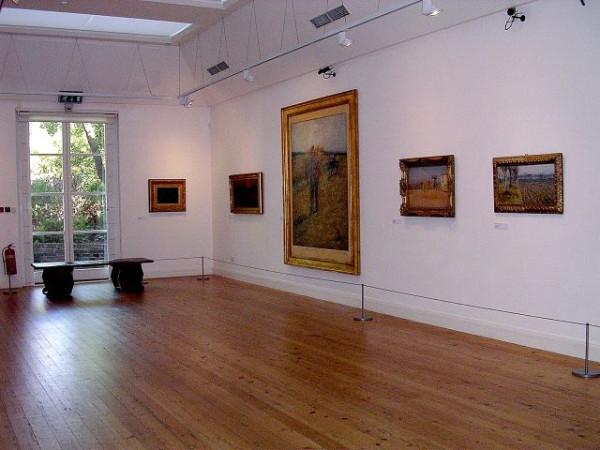
See our current exhibitions
Find out more...Discover the programme of future exhibitions
Find out more...Discover our past exhibitions
Find out more...